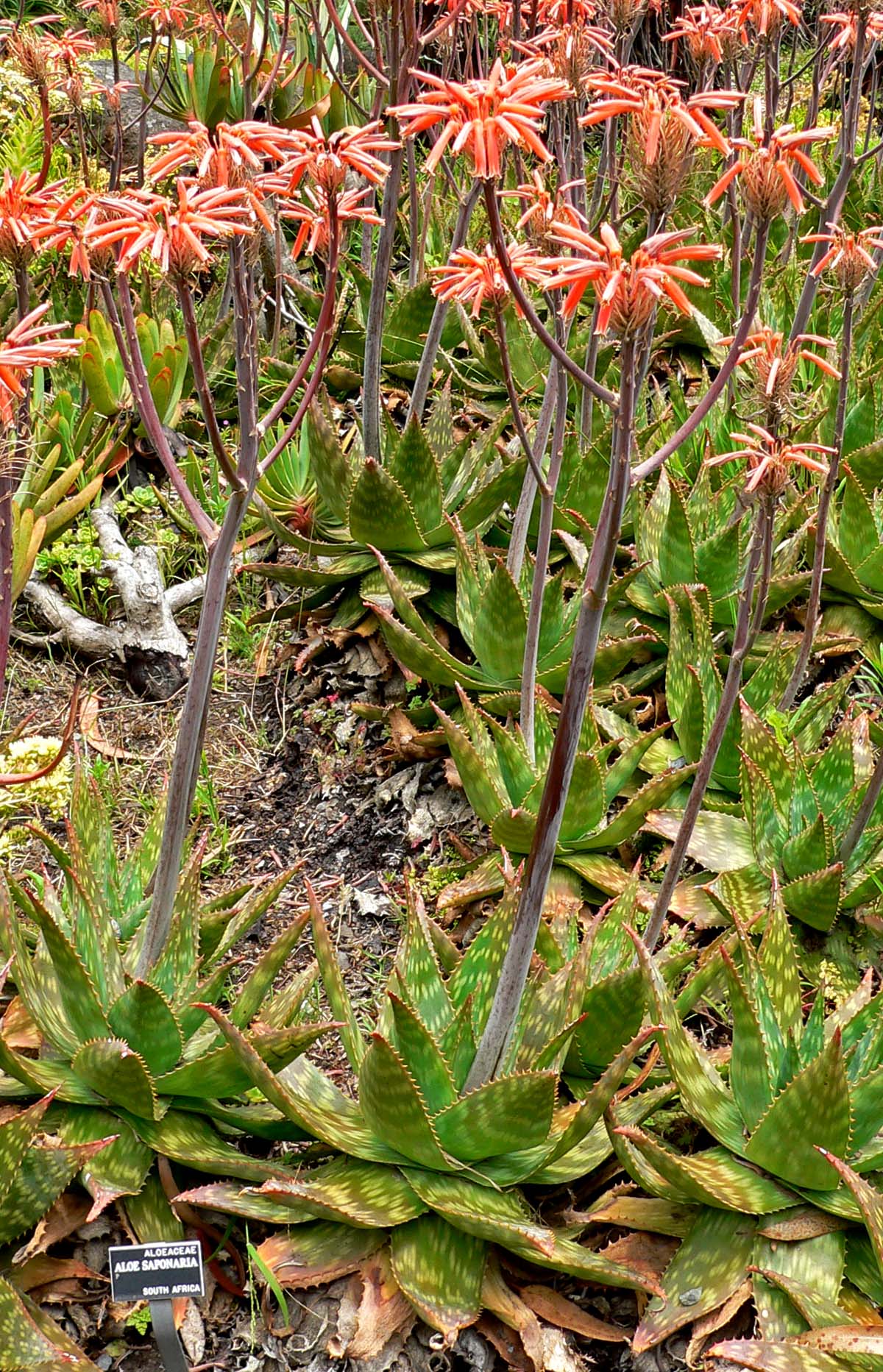
In the greenhouse, we have a special coating on our glass that actually breaks the light into tiny particles rather than direct rays, giving the plants inside a more even light level and keeps ‘hot spots’ from forming. However, the difference from direct light is that something breaks up the light rays prior to them reaching your plant. Indirect light starts off as direct light from the sun. And during certain seasons, the light intensity is so high, that it can actually be harmful to your plant. Very few houseplants can tolerate being under direct sunlight the entire day. There is no breaking up of the sun’s rays, no shading, no rays being deflected, fractured or scattered before reaching the plant tissues. Direct sunlight is a location where the sun’s beams directly come through a window, resulting in a notable sunny spot in the house, a coveted spot of our dog year round.
#Zebra aloe full#
Now that we know the differences between full sun and partial sun, it’s important to distinguish between direct sunlight and indirect sunlight. Direct Light/Indirect Light This popular succulent prefers indirect sunlight to thrive well. So you may need to move your aloe plant to different locations in your home as the seasons change. On the flip side, during the winter when the tree has lost its leaves and the umbrella is tucked away for the season, you may have the perfect spot. During the summer months, this might not provide enough sunlight. You may have a south-facing window that is blocked by trees, a patio umbrella, a swing set, and so forth.
#Zebra aloe windows#
Although north windows are very underrated when it comes to houseplants…we’ll save that topic for another time. This can be found in east and west-facing windows primarily.įor succulents that don’t need direct sunlight, a north window location should be avoided. On the contrary, partial sun, which is the same as partial shade, is sunlight exposure anywhere between 3-6 hours.
#Zebra aloe plus#
If you have an east-facing window, the 3 hours of sun in the morning your east window receives, plus the later afternoon evening western sun may be enough light to achieve adequate light. Full sun can be achieved in blocks of time too. Usually, full sun is achieved in a southern exposure, although east and west can also provide full sun locations. The light intensity of the sun is what dictates whether or not a location is considered full sun. The definition of full sun is 6 or more hours of sun. Full Sun/Partial Sun It is recommended to place potted plants on a south-facing window that is blocked by trees.įirst, let’s look at the difference between full sun and partial sun. Growing under this type of light allows the aloe to receive the correct amount of light to prevent stretching but not too much light which would result in sunburning. Since it grows under big plants such as Desert Ironwood or Mesquite, aloe would be receiving filtered light that comes down through the fine leaves of these desert companions. Due to its height, aloe can be considered an understory plant, meaning it typically grows underneath larger desert specimens. The mature size of the plant is about 24” tall, but can grow bigger if growing in a perfect spot. Natural Habitat For Aloe This succulent is an undergrowth plant and is used to getting filtered sunlight.Īloe vera is a succulent plant that is native to dry, arid, desert-like climates. Direct exposure to sunlight can cause the leaves to sunburn and dry out faster than usual. Rather, the sun passes through window curtains, blinds or the aloe sits slightly back from a window to prevent direct exposure. Indirect sunlight occurs in a brightly lit location where sunlight does not shine directly down on the plant. “Full sun” is considered any amount of sunlight greater than 6 hours in length each day. This variety grows less than a foot tall, but its golden rosettes make it a popular landscape addition.Aloe prefers to be in a location of full, indirect sunlight.

Aloe brevifolia, or "short-leaf aloe," is round in shape with thick, triangular leaves that have a bluish hue and orange tips.It bears bright orange tubular flowers near the terminal ends of the leaves, and is sometimes planted in drought-stricken landscapes as a fire block. Aloe ciliaris, also known as " climbing aloe," is a succulent vine with stems that can grow up to 30 feet long.This variety features yellow or orange flowers and can be found growing naturally in rocky areas and in the grasslands of Africa between 15 feet. The mid-sized Aloe aculeata(3 feet tall and wide when mature) grows thick, broad leaves with teeth, or thorns, on both sides.This large, egg-shaped plant (20 to 24 inches round) hugs the ground and features gray-green leaves with purple tips. Aloe polyphylla, or " spiral aloe," is a captivating succulent that grows in a spiral and bears orange flowers.The Spruce Home Improvement Review Board.


 0 kommentar(er)
0 kommentar(er)
